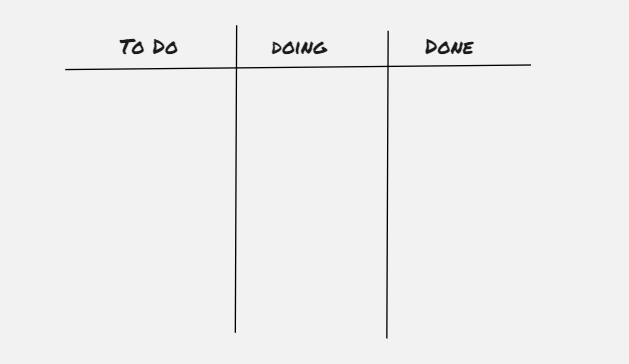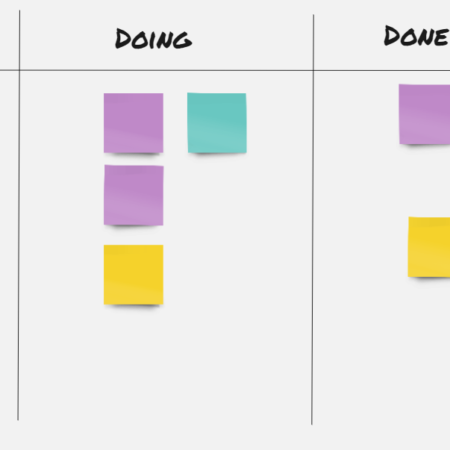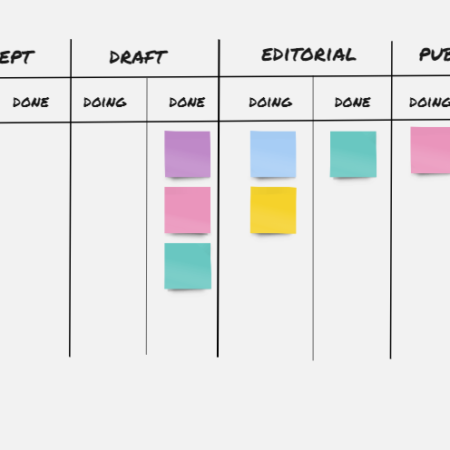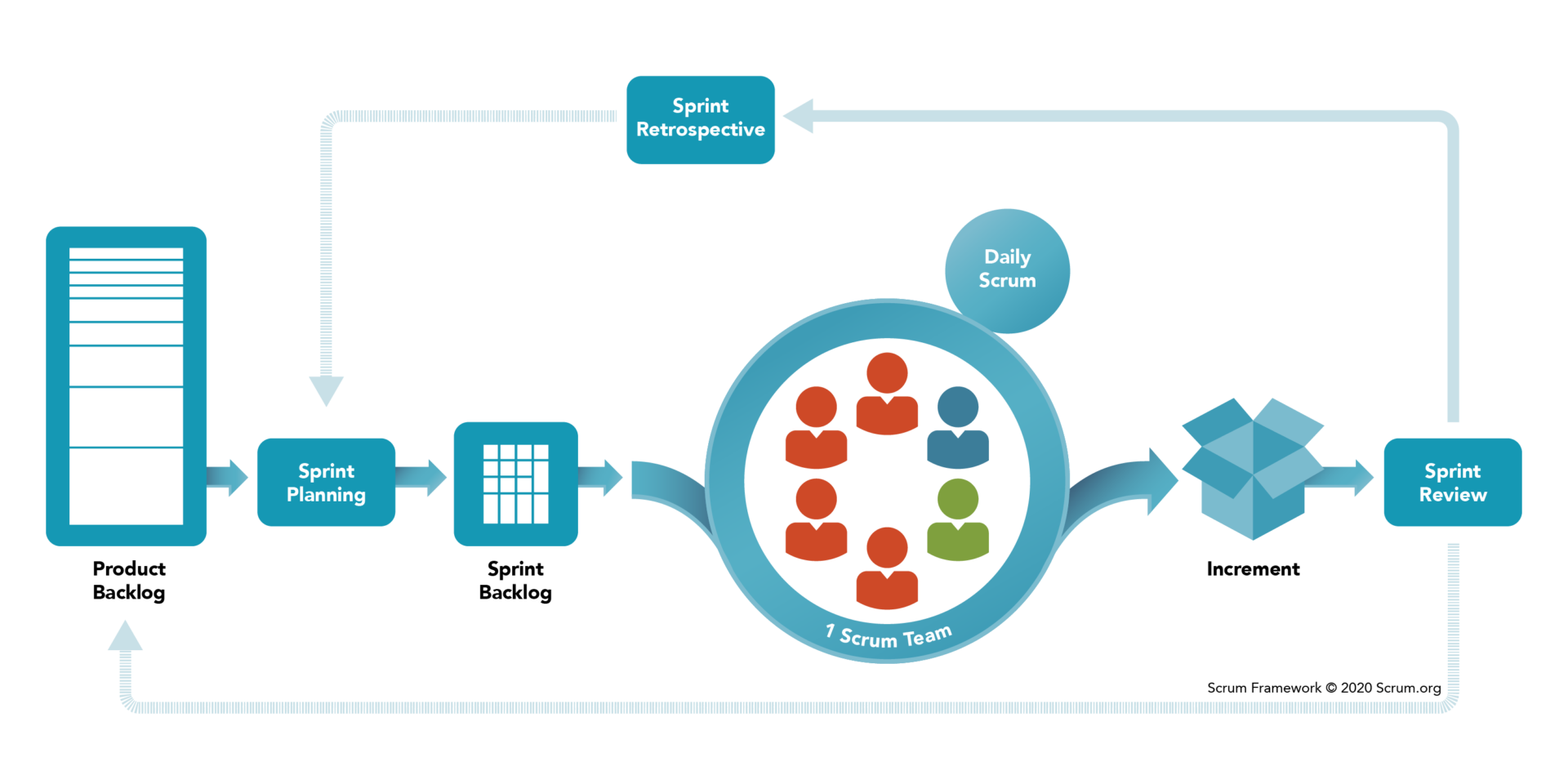The roles of Product Owner and Product Manager often intersect, leading to confusion and potential conflicts. These roles play a crucial part in product delivery, yet their distinctions are not always clear-cut. Understanding the nuances between a Product Owner vs Product Manager is essential for organisations to reduce friction, optimise their product development processes, and ultimately deliver high quality outcomes for the customer, faster and more reliably.
This blog aims to shed light on the key differences and similarities between these roles, exploring the challenges they face and the misunderstandings that can arise. We'll delve into the scope of their responsibilities, decision-making processes, and approaches to stakeholder management. By examining these aspects, professionals and executives will gain valuable insights to help them navigate the complexities of product development and foster more effective collaboration within their teams.
Defining the roles: Product Owner vs Product Manager
Product Owner responsibilities
Ideally, the Product Owner role is a sponsor or entrepreneur for the product, who are in charge of the business case and budget, and have the authority to make decisions. They should be invested in the product's success and have overall strategic and management responsibility.
However, in some organisations, the Product Owner's role has been reduced to that of a scribe or proxy. There's a tendency for Product Owners to take on the role of "story writer" and "project manager," adopting a project mindset of requirement order-taking and managing scope, budget, and timeline.
Product Manager responsibilities
Product Managers have their eyes set on the horizon, focusing on vision, strategy, and communication. They gather insights, understand customer needs and plans for the future of the product, whilst also maintaining the product roadmap. Their core responsibilities are to drive innovation, meet long term business objectives, and keep the organisation’s products relevant in competitive market contexts.
It's worth noting that in some organisations, especially smaller startups, one person may perform both roles simultaneously. This approach can work, but it's important to understand the core responsibilities required to ensure effective product development.
As Dan Teo, CEO & Partner of Radically puts it, “Someone needs to manage the strategy, value, and backlog of work; everything else is open for tailoring. I would start with a blank sheet and list the core things that need to be done. Then within the context see what roles are required. In a cost-constrained environment, the concept of “hats” instead of roles is a good solution.”
Key Differences and Challenges
While there's significant overlap between these roles, there are key differences which are sources of common tensions.

Scope and Time horizon: Long-term vs Short-term Goals
Product Managers are responsible for setting the overall direction of the product, which involves making strategic decisions that align with the company's long-term objectives. Product Owners, on the other hand, are more concerned with short-term goals, such as delivering specific features or improvements within a sprint.
This difference in time horizons can lead to disagreements about priorities and resource allocation. Product Managers might push for initiatives that have long-term benefits but require significant investment, while Product Owners might advocate for more immediate, tangible results that satisfy current customer needs.
Decision-making: Strategies vs Tactical Focus
Product Managers typically focus on the broader product vision and strategy, while Product Owners tend to concentrate on tactical, sprint-level decisions. This difference in focus can lead to tensions, especially when responsibilities overlap. Product Managers need to maintain a long-term perspective, overseeing the entire product lifecycle and developing the product roadmap. In contrast, Product Owners often find themselves more involved in the day-to-day aspects of product development, managing the product backlog and working closely with development teams.
Stakeholder Interactions
Product Owners work closely with development teams, and act as a bridge to other stakeholders to maximise the value of the product. A key group is the customer, as they often represent their needs and translate them into product requirements.
Product Managers have a broad scope of stakeholder interactions. They focus on the product vision and strategy, communicating with stakeholders to ensure alignment and gather insights. They oversee the entire product lifecycle, from conception to launch and beyond. Product Managers also develop and maintain the product roadmap, outlining the future direction and planned features.
Product Managers need to balance the needs of various stakeholders, including executives, customers, and development teams. They are responsible for making higher-level strategic decisions that align with the company's long-term objectives.
Overcoming Tensions
Establishing clear distinctions between a Product Owner and a Product Manager’s role can help with overcoming decision-making conflicts. Some useful strategies include:
- Role clarity: Because these roles work together closely and responsibilities can vary greatly from organisation to organisation, it’s important to clearly articulate the scope and responsibilities of each role to minimise confusion.
- Regular communication: Encourage continuous open dialogue between Product Managers and Product Owners to ensure alignment on product goals and priorities.
- Collaborative planning: Involve both roles in strategic planning sessions to allow both the long-term vision and short-term execution needs to be surfaced and tradeoffs be worked through.
- Shared metrics: Establish common success metrics that both roles can work towards, balancing short-term wins with long-term objectives.

Conclusion
The relationship between Product Owners and Product Managers has a significant impact on the success of product development initiatives. Their distinct yet overlapping roles require clear communication and collaboration to navigate the challenges of scope definition, decision-making, and stakeholder management. By understanding the value and responsibilities of each role, fostering an environment of mutual respect, and addressing these challenges head-on, organisations can create a more harmonious and effective product development process.
Want to learn more?
If you’d like to learn more, feel free to get in touch at tiffany@radically.co.nz







 The iterative, incremental nature of Scrum can help to bring focus, commitment, alignment and collaboration to the forefront of your business.
The iterative, incremental nature of Scrum can help to bring focus, commitment, alignment and collaboration to the forefront of your business.
